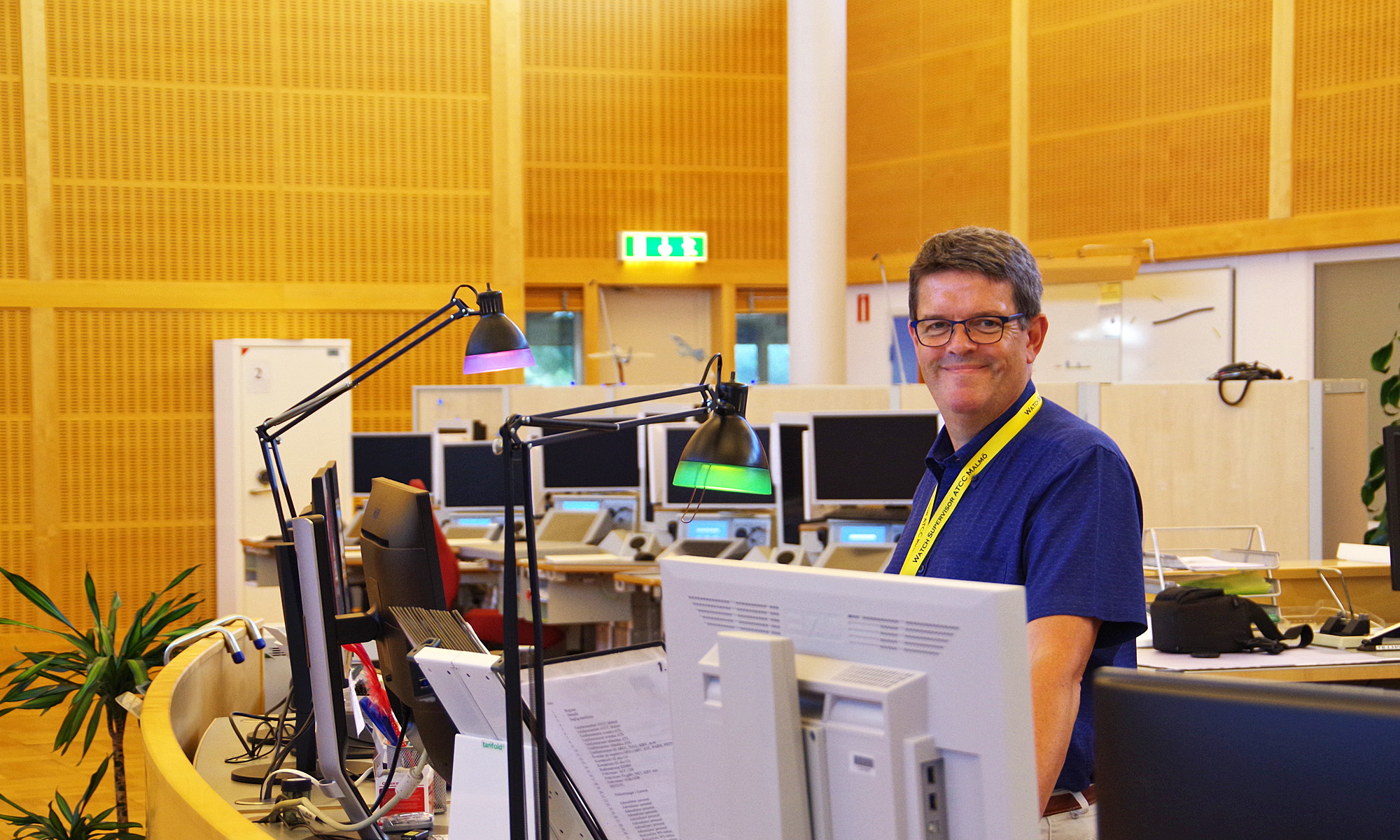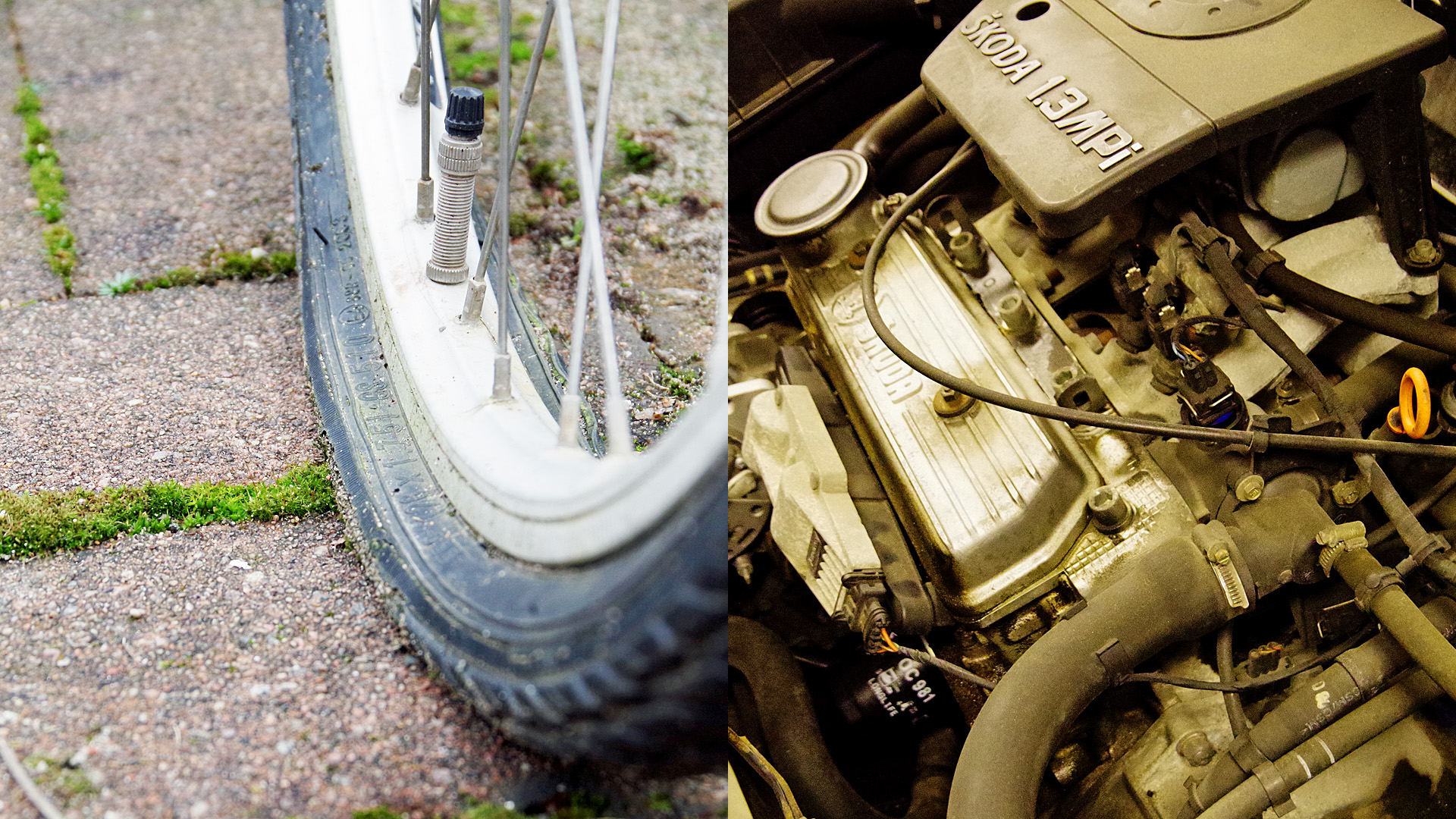Here I will discuss how to solve problems in simple and complicated systems. I will later continue the discussion into complex systems, about why they are different and how this affects our problem-solving methods.
My discussion will be based partly on “Cynefin”; the framework created by Dave Snowden. It will also be based on what Erik Hollnagel writes about systems in his new book, called “Synesis” which is about “the Unification of Productivity, Quality, Safety and Reliability”.
Hollnagel describes several models for managing change. One example is the “PDCA wheel”, where the letters represent Plan, Do, Check and Act. It actually resembles the scientific method, described by Francis Bacon already in 1620; formulate a hypothesis, carry out an experiment and then evaluate the outcome. Whether we are aware of these methods or not, I believe we use them intuitively.

Imagine taking the bike to go shopping and finding a flat tire. We would quickly come up with a hypothesis (the hose needs repairing), carry out an experiment (fix the hose) and evaluate (pump the tire and see if it holds the air). We could also call it PDCA and if Check works out well, we Act by going shopping.
A bike is what we (Cynefin) call a simple system. It has a clear boundary (is not affected by other systems) and it is an ordered system. By ordered we mean that there is a clear connection between cause and effect. It is also simple in the sense that most people understand a bike and how it functions. When we get a problem with a bike, we understand it, can categorise it and find a proper way to solve it. For any problem, there is a solution and once we have learned those, they are easy to use.

Now, imagine driving to work. You have a rather old and cheap car, and you do not bother giving it any service. As long as it starts easily and bring you to work, you are happy. Lately however, starting it has become more and more difficult and once started, the engine is not running well.
A person, handy with cars, might see a car as another simple system. For other persons, a car is complicated and difficult to understand. The line between simple and complicated is not always very clear. A complicated system is still ordered, with a clear connection between cause and effect, but it might not be obvious what is causing a problem. To find a plan for problem-solving in a complicated system, we need to do an analysis and perhaps call for an expert. There may also be more than one solution to the problem. We ask our neighbour, who is very interested in cars. He asks us if we have changed the spark plugs recently. By the look of our face, he determines that we now have a hypothesis and a “Plan”. After a tour to a nearby garage, we start the “Do” and replace the spark plugs. The “Check” part is easy, and with a bit of luck the engine immediately starts and continues running like a purring cat. Problem solved; we can go to work!
I hope it is easy to relate to these stories. We do this all the time; with all kinds of problems we are faced with. We notice them, we think of the possible cause or causes, perhaps ask someone more knowledgeable and develop a plan for fixing the problem. It seems like a method with universal applicability. But what about if we are facing a system that is even more complicated, or complex?
Join me in the next episode…

